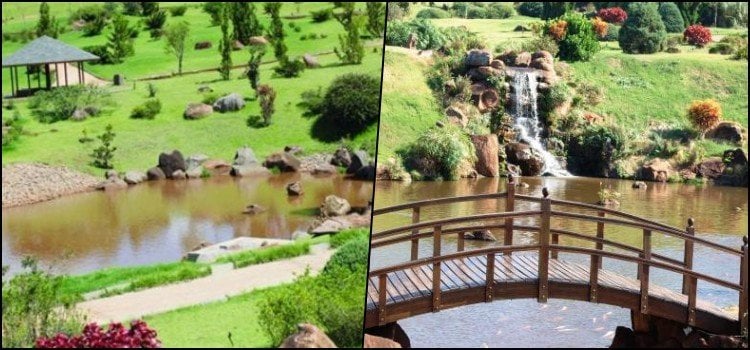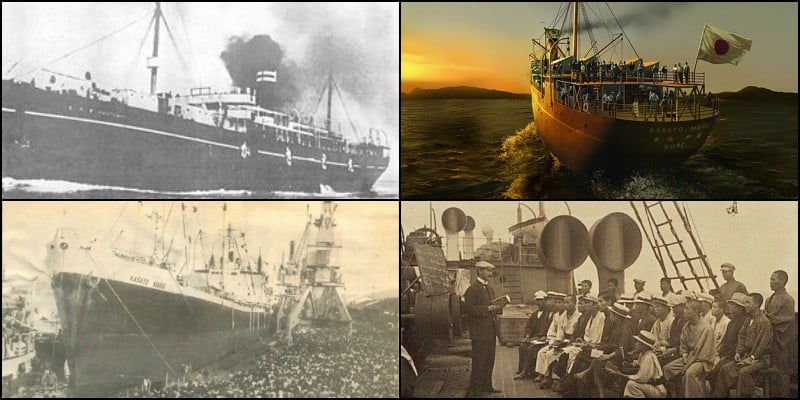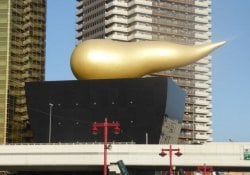If you didn't know, Brazil is the country that hosts the largest Japanese community outside of Japan. 1.5 million Japanese and descendants, according to the Consulate General of Japan. Of these 400,000 are Japanese in São Paulo. and that is where the largest Japanese stronghold outside Japan is located, Bairro da Liberdade. Not to mention all the communities spread from the south to the midwest of the country.
Japanese immigration to Brazil celebrates 110 in 2018. It all started with the first ship of Japanese immigrants, called Kasato Maru. This ship is known to symbolize the starting point of the enduring history between Japan and Brazil. Let's explore in this article a little bit of the history of this ship, and about the impact that it brings to Brazil up to the present day.
Índice de Conteúdo
The beginning of immigration to Brazil
In the period between 1616 to 1858 Japan became a closed country. But that ended in the 1860s, when the country abolished closed-door politics. In 1968, about 190 Japanese were sent to Hawaii. But those there ended up becoming slaves, going without the permission of the Japanese government. So much so that Japan has banned the population from leaving the country for more than 15 years.
But in the late 19th and early 20th centuries, Japan went through an industrial period. This caused overpopulation and poverty in rural areas. Immigration then came as a solution to these problems. Those who left the country were expected to return years later with money for their families.
As an initial plan, the main destinations for immigrants were Hawaii, USA, Canada and Australia. But several problems have been noted, such as the racism, discrimination and the fear of the residents of the countries of losing their jobs to immigrants. So, rules were quickly put in place to limit and control the number of Japanese immigrants.
That was how the Japanese government noticed the South America. Brazil, for example, badly needed cheap labor in coffee plantations. Because of the poor working conditions, the Italian government was not sending more farmers to Brazil. Some Japanese farmers then even went deceived for false announcements of working conditions in Brazil.
Kasato Maru heading to Brazil
It was then that in 1908, leaving the city of Kobe, the Russian ship known to the Japanese as Kasato Maru disembarks from the port bound for Santos. In it came more than 780 people, most of whom were farmers from different regions of Japan. Upon arrival, most went to work, under contract, in coffee plantations in the state of São Paulo.

Many of the immigrants received housing, clothing and food from farm owners. But, due to poor working conditions and low pay, many problems and disputes have arisen. Leading many to flee the plantations, taking on other jobs. Others started their own coffee plantations, making the majority decide to settle in Brazil.
Japanese immigrants contributed a lot to Brazil. They helped a lot in the development and adaptation of new techniques of food production. In addition to the introduction of new products, which were not cultivated in Brazil before. Not to mention the contribution in the industrial sector, both with labor and with Japanese industries. So much so that more and more Japanese set their roots in this country, so different from theirs, which is Brazil. The Brazilian economy and culture owe thanks to the enormous support and contribution of the Japanese to the country.
- Kimigayo - The national anthem of Japan
- Pachinko - Gambling Machines in Japan
- Japanese people suffering prejudice in Brazil






